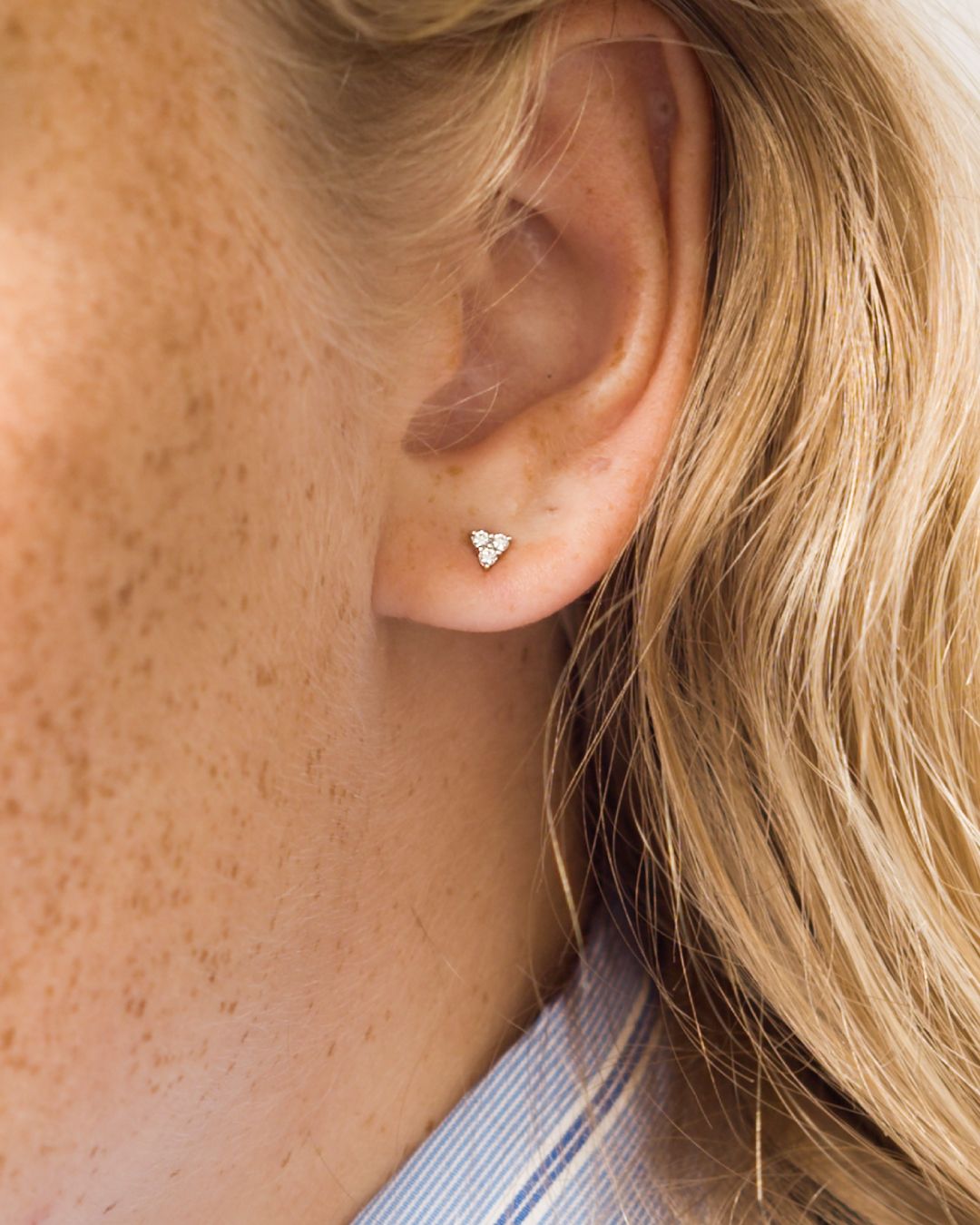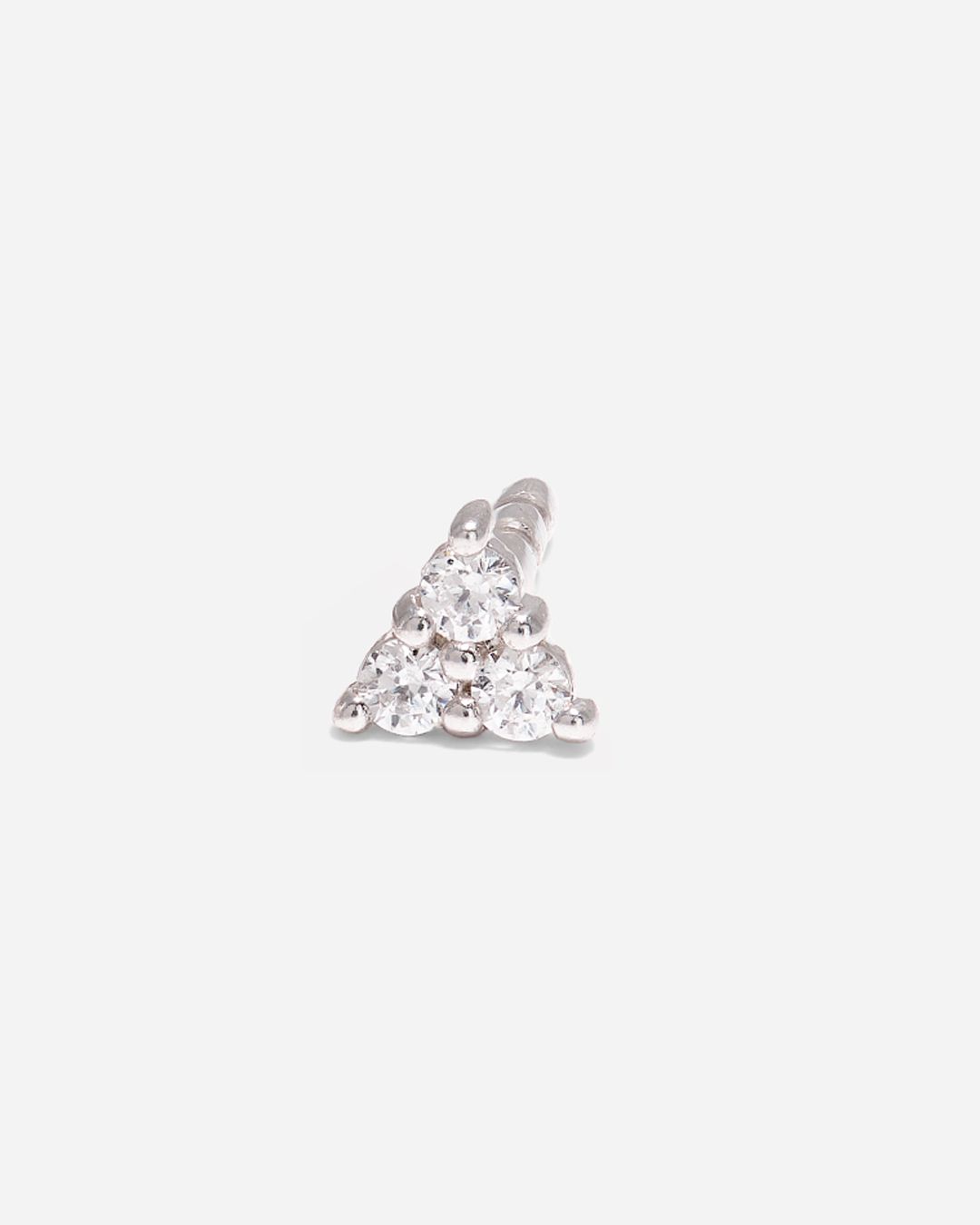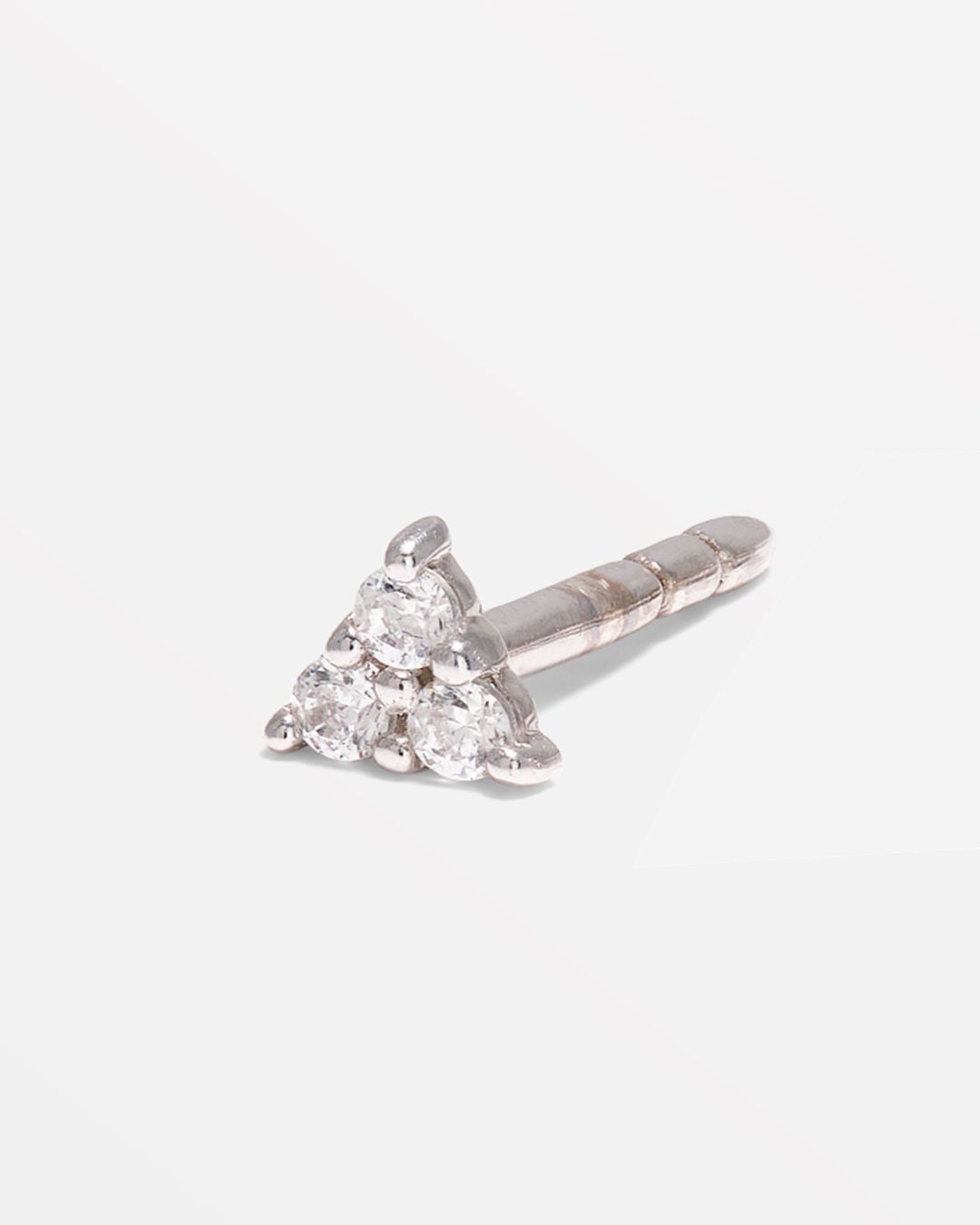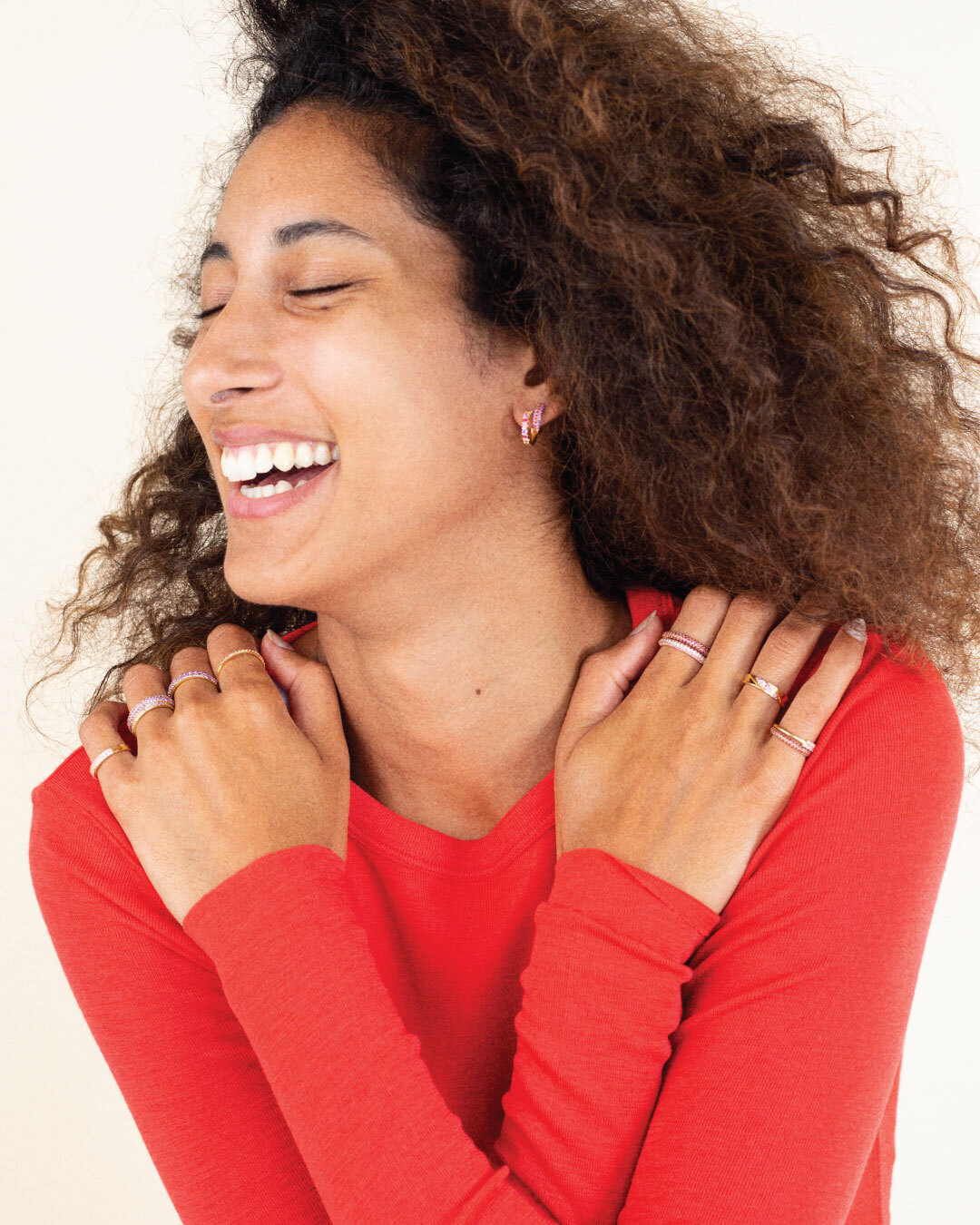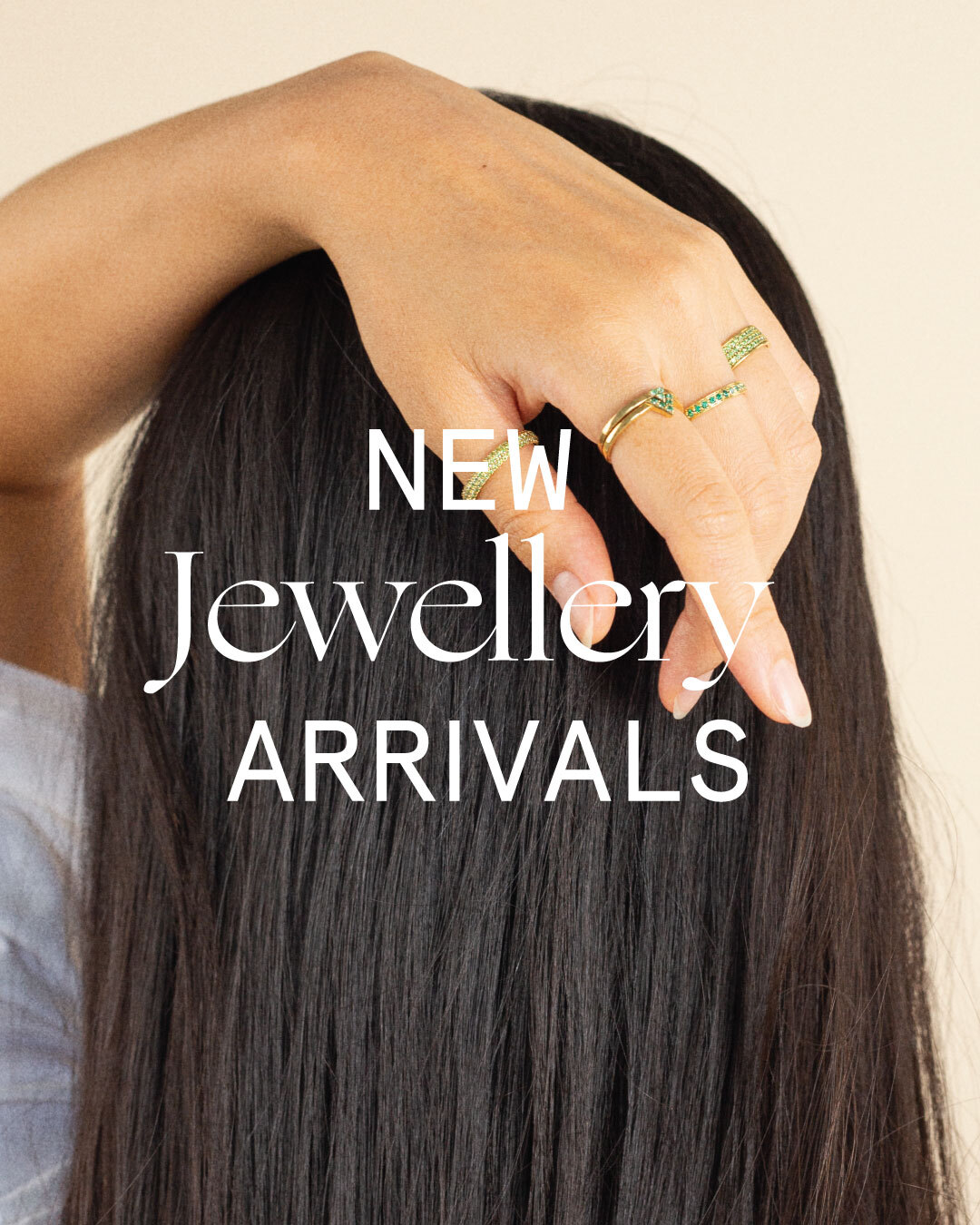GUIDE TO METALS
Learn about precious metals
Precious metals are so-called stable metals that resist oxidation and corrosive chemical reactions. This list consists of several metals, the most notable of which are gold, silver, platinum and rhodium, all of which are often included in jewelry designs. These metals can also be mixed with special alloys without destroying the structure of the metal.
SILVER
Silver is a very soft metal that is especially known for its reflective qualities. It is easy to shape and perfect for making jewelry with its beautiful and shiny appearance. Because it is so soft, silver is often mixed with various alloys to make the metal harder and more durable for jewelry design.
999: 99% pure silver, or silver in one of its purest forms. Very soft.
.925 / 925: This means that the silver is 92.5% pure and is mixed with alloys. This is one of the most common types of silver used in the manufacture of jewelry, making the metal durable, hard and strong. The remaining 7.50% may be a mixture of various alloys, consisting mainly of copper, zinc, trace amounts of nickel and other alloys.
Sterling Silver is stamped with "925", which means that this is considered sterling silver, which is 92.5% or .925 pure.
When you choose silver jewelry at Nikando, it is always Sterling Silver, for which you can possibly choose a gold plating. Either with yellow gold or rose gold in 14 carat.
GOLD-PLATED SILVER
Gold-plated jewelery consists of a combination of a coating of another metal on top of a basic element. Our high quality jewelry uses sterling silver as their basic element, after which they are plated with either rose gold or yellow gold (the traditional gold color) ”. This paint consists of about 0.005% gold on top of the silver, or 0.050 micrometers of gold. This can also vary from 0.20 micrometers, thus forming a thinner layer.
By storing and treating your jewelry properly, it maintains the appearance of the jewelry and ensures that they remain fine, even after several years of use.
YELLOW GOLD
Gold Carat
Gold is depicted with gold carat, which is the same as describing the purity of gold or the percentage of gold mixed with the alloy. Gold is also referred to as K, k, kt, carat, but is also referred to as other variations depending on where you are in the world.
Like silver, gold is very soft and is often mixed with various alloys, making the metal more durable and hard, making it suitable for most jewelry designs. Some gold alloys may include copper, trace amounts of nickel, zinc, iron, cadmium, silver, palladium and platinum.
Gold Carat Reference Guide / Overview of% -part gold / Brand:
24K 99.9-99.95% (almost clean) - MARKED 999
22K 91.6% - MARKED 916 or 917
20K 83.33% - MARKED 833
18K 75% -
MARKED 750 14K 58.33% -58.5% - MARKED 585
12K 50% -
MARKED 500 10K 41.67% / MARK 416 or 417
Depending on where you are in the world, the numerical mark may vary slightly. For example: 999 might be instead of the mark with 996.
WHITE GOLD
Hvidguld har flere legeringer end gult guld. Det er sådan, metallet opnår sin hvide farve. Legeringerne kan omfatte kobber, nikkel og zink. Nikkel og zink giver hvidguldet den utroligt smukke hvide farve.
Diagrammet ovenfor kan ligeledes benyttes til at vurdere kriterierne for hvidguld. Selvom det er hvidt, vil et 14K stykke hvidguld stadig indeholde den samme mængde guld som et 14K stykke gult guld. Legeringsblandingen vil dog have et andet forhold mellem legeringerne for at opnå den hvide farve.
Nikando tilbyder lige nu ikke hvidguld.
ROSE GOLD
Rose gold is a composition of gold and mainly copper as the main alloy, giving the metal the inviting, warm and very copper-rich pink glow. Other trace metals may include silver.
The proportion of gold present in the metal remains the same as seen above. The ratio and amount of the alloy percentage are adjusted using different alloys. For example, copper is most often used to make rose gold, but if it is labeled with 14K, then the same percentage of gold is still present as you find in yellow gold and white gold.

